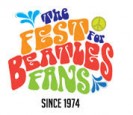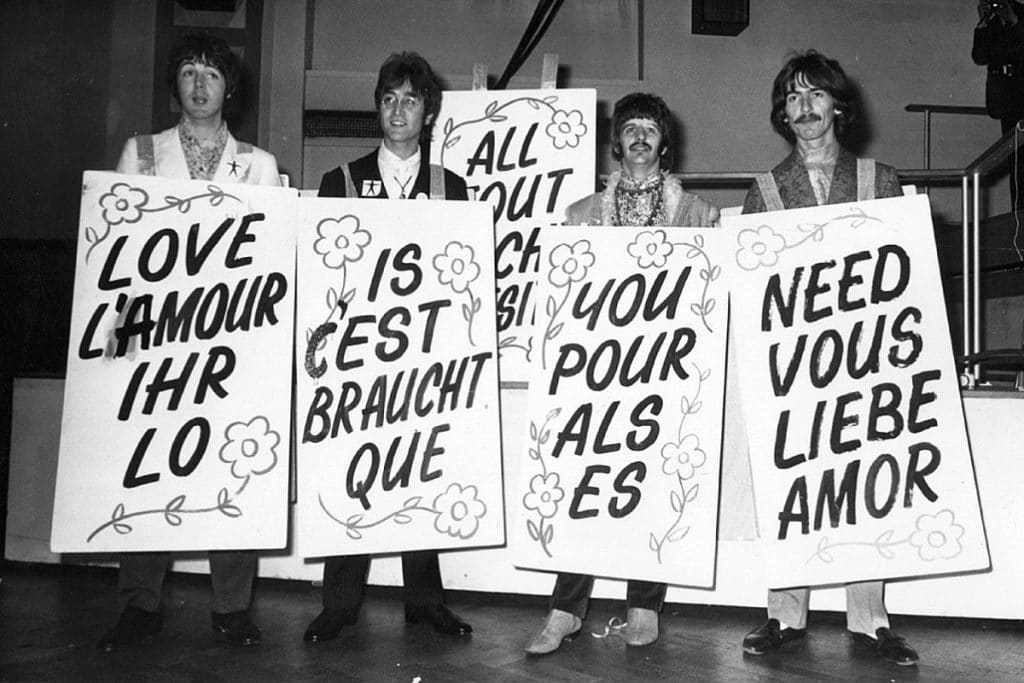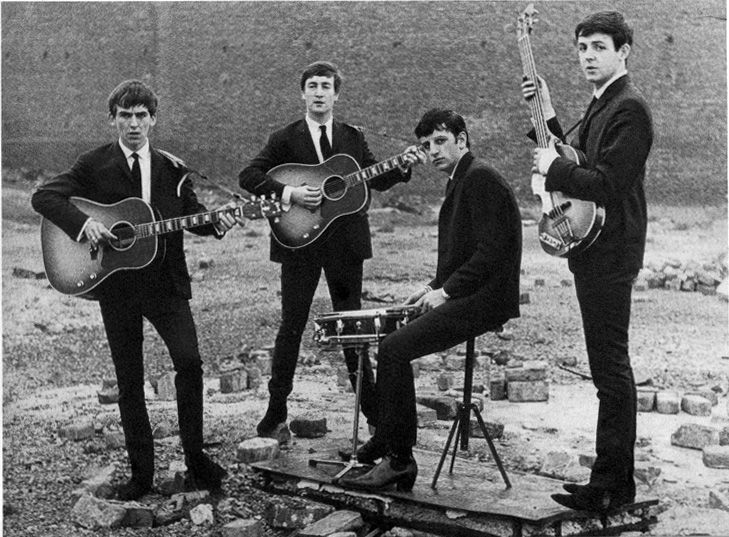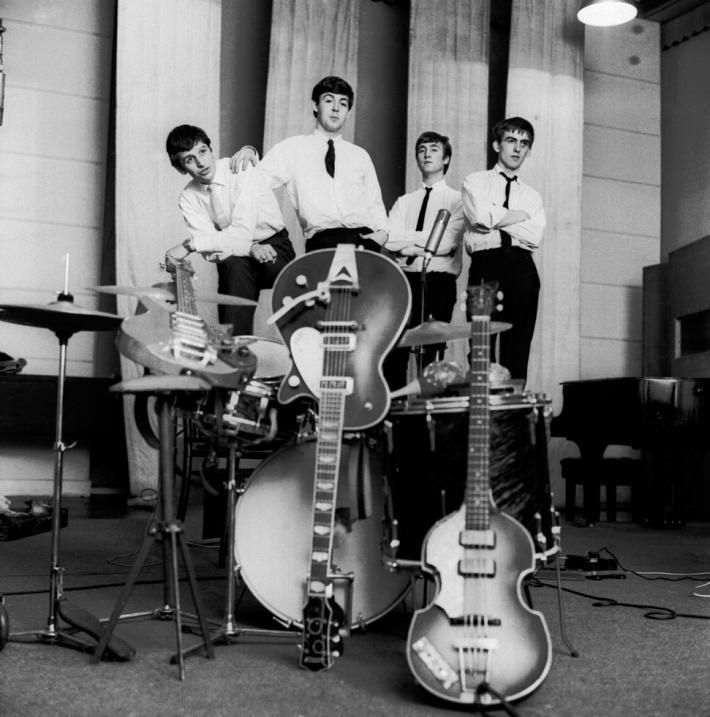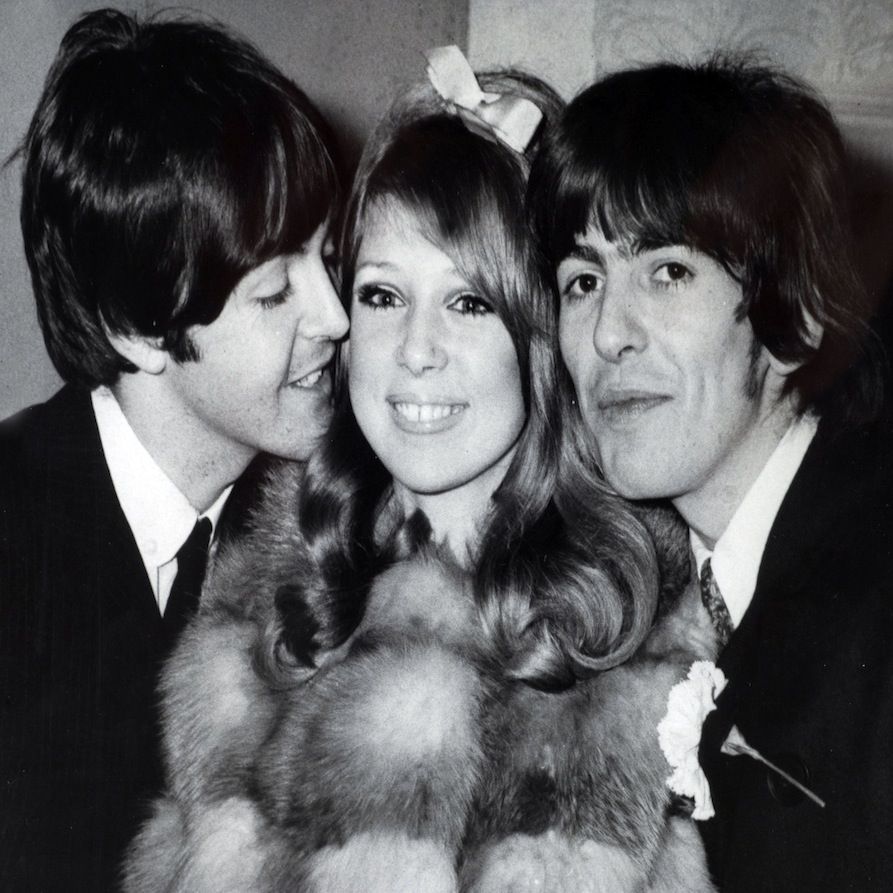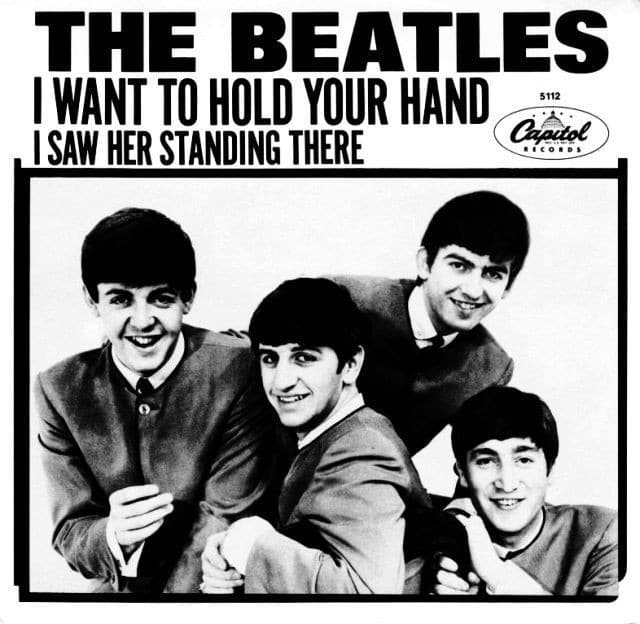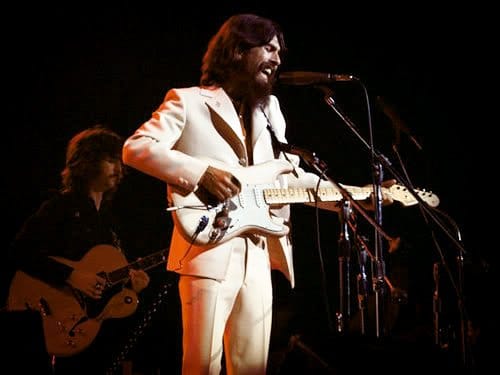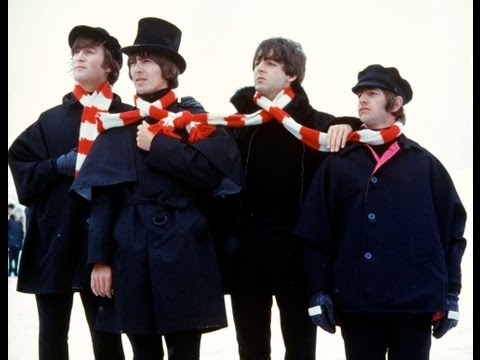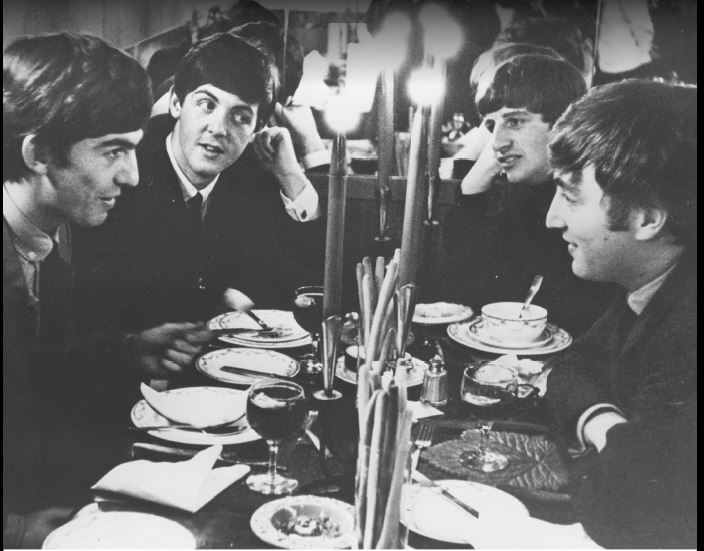::: By Jude Southerland Kessler :::
As we, here at the Fest, continue our look at The Beatles in their months together, we wish you all peace…not only globally, but locally. The traumatic stresses of disease, isolation, financial loss, injustice, and violence have shaken us all over the last sixty days. We face a world filled with need, fear, anger, and resentment. As we walk through June 2020, what can we learn from The Beatles in four of their Junes together? What advice might they silently offer us? Let’s find out…
June 1964 – After 13 long days absent due to illness, Ringo was finally prepared to rejoin The Beatles’ first World Tour. Collapsing amidst a photo shoot on 3 June, he’d endured a nasty bout of tonsillitis and 11 days in University College Hospital, London. Now, however, Starr was suited-up to fly Pan Am from London to Australia to reconnoiter with his Liverpool mates. During Ringo’s absence, Jimmie Nicol (an excellent drummer in his own right, who very fortunately knew all of The Beatles songs and wore Ringo’s exact suit size…see The Beatle Who Vanished by Jim Berkenstadt for more info) had been standing in (er, sitting in) for Starr in Holland, Hong Kong, and Australia. And so, for one brief day on 14 June…there were myriad publicity photos of The Beatles with two drummers! But right away, Richard Starkey was back on the podium, banging away and flashing his winning Scouse grin. His throat was still a bit ragged but his humour was intact. When a reporter asked him, “Do you think your tonsillitis might change the group’s sound?”, Ringo chortled and said, “Only for a few days when I can’t sing…if you can call it singin’!” And the Fab Four were reunited.
June 1966 – June was always Brian Epstein’s “month of choice” for World Tours. And 1966 was no exception to that rule. On 23 June, The Beatles left London Airport in Heathrow bound for Germany…the country where they’d cut their teeth as teenagers, performing in Hamburg. Their first night in Hamburg — August 1960 — the four Beatles (with Pete Best as their drummer) played to 6 very disappointed male customers who’d strolled down to the dark end of the Reeperbahn to see strippers — only to find 4 singing British boys instead! Somehow, The Beatles won over even those reluctant patrons, and in just a few weeks, the lads were so popular that they were promoted to a much larger venue: the Kaiserkeller. Now, two years later, John, Paul, George, and Ringo were billed as headliners in the stately halls of Munich and Essen, and tickets sold as quickly as they were printed. One reporter, disdaining the price of admission, callously asked John Lennon, “If you had to buy a ticket for your own performance how much would you pay for it?” John, in typical Lennonesque fashion, swiftly returned, “Oh, we know the manager, so we get in free.” The charm that had courted reluctant punters way back in 1960 was still very much alive.
June 1967 – Done with touring forever, June of 1967 held not a World Tour this time, but a worldwide event! The Beatles had been chosen to represent Britain in the prestigious 25 June One World television special, slated to be broadcast live via satellite to 400 million viewers on 5 continents. And the song they’d selected to sing was truly, as Brian Epstein observed, “spine-chilling…the best thing they’d ever done.” It was, of course, John Lennon’s “All You Need is Love,” written specifically for the momentous affair. On 21 June, the boys began working on this landmark song in studio. Heads together as one, they prepared the anthem of peace, eager to send it out to a world heavily laden with the Vietnam conflict, Civil Rights unrest, military coups, wars, and entrenched divides. With a deep longing for concord, the boys tried to convey a simple message that would speak to all nations. As John later said, “It was a fabulous time…peace and love, people putting flowers in guns.” But as The Beatles, that night, focused globally and not locally, none of them realised that evening, that 21 June marked the very last time that Brian would ever be with them as they created in EMI. A pivotal moment went unnoticed.
June 1968 – After weeks and weeks of severe depression following John’s separation from Cynthia and from his son, Julian…weeks in which John Lennon actually contemplated suicide, the end of June 1968 found him finally rebounding with a new zest for life, as he prepared his You Are Here art exhibit slated to open on 1 July. The theme of the show was new beginnings and rebirth. As John and Yoko planned to dress entirely in white, to release 365 balloons to the world containing hopeful messages, and to zero in on John’s newly focused avant garde artiste side rather than his rocker image, “original” was the order of the day. John was, in effect, “starting over,” initiating a new life with a new lady at his side and a new message of peace. After months of agony, John had found a way to move forward.
You know, just when we think we’re alone in our struggles, we find it: the very mirror image of our griefs in the lives of John, Paul, George, and Ringo. The burdens we face, they faced. Every one.
Illness. Ringo’s ongoing struggles with health began early in life as he spent a myriad of formative years in sanitarium healing from the after-effects of a ruptured appendix and peritonitis. Then later, at age 13, he was back in hospital and long-term care again with complications from pleurisy and “effusion on the lung.” Even as a young adult, Ringo was frequently niggled with severe tonsillitis until he finally underwent surgery in December 1964. Yet rarely, if ever, do we hear Ringo complaining about the lost years in school with friends of his own age. Rarely does he moan over the lost days and weeks he might’ve spent with his family or the isolation of sanitarium life. Instead, he talks about the nurse who supplied him with a drum and the positive outlook those years gave him. To quote Hunter Davies in The Beatles, “[Ringo] never remembered himself unhappy. He thinks he had a good childhood.” (p. 148) Hmm!
Criticism. No one faced more venom from the press and public than The Beatles did. At first, journalists were gleefully “on board,” promoting and praising the British phenoms. But by late 1964, the press was hungrily seeking a chink in the Fab Armor. They were whispering about “Beatle dissention” and possible break-ups, about the Lennons divorcing, about unfair ticket prices and unkind treatment of the fans. The Beatles lived in a fishbowl, always under scrutiny. And for the most part, (yes, there were days when the boys, too, were resentful) they faced it all with humour and wit. Under adversity, The Beatles endured.
Global darkness. 1967’s grim world must have seemed unbearably oppressive to our boys. By June of ‘67, 448,800 young souls had been lost in Vietnam. June race riots in Detroit left 43 slain. Marches on Washington and rampant U.S. draft card burning events filled the headlines. In June, the Six Day War erupted in the Middle East, and the Nigerian Civil War boiled over in July. Turning their eyes globally, the boys might have missed the joys at their very elbows: the singular gift of a night in studio with their devoted manager, Brian Epstein. They might have been so intent on speaking out to a hurting world that they failed to treasure the simple and fleeting joys given to them, so close at hand. In this, too, there is wisdom for us to gather.
In each of these instances, The Beatles remind us to move forward…to keep reinventing ourselves, to keep pushing ahead. If one life phase subsides, then we can emerge into “Something New.” If the world threatens to overwhelm us, we can turn to those we love at hand. If we are heavy-laden, we can seek humor, music, faith, and friendship. We can work it out.
The Beatles never ever had a day without enormous obstacles to overcome: family losses, health challenges, public criticism, unrelenting work schedules. Yet, by simply putting one foot in front of the other, they kept going. It is a phrase we Beatles fans repeat without really thinking about it…but this month, we must make it our mantra: Shine On. You can do this, one step at a time. Shine on!




